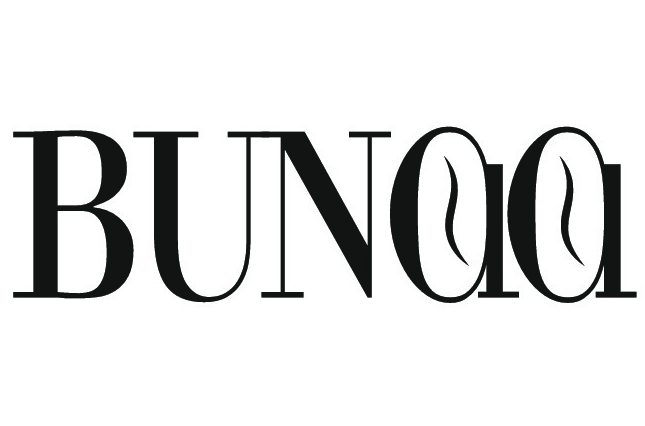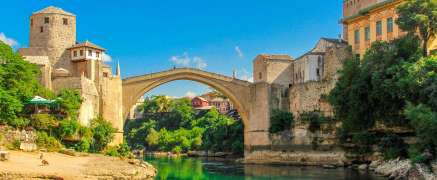Hot, thick and strong
- Coffee (kahva) came to Bosnia through the Ottomans.
- The first coffeehouse in Southeastern Europe opened in Sarajevo in the 16th century.
- 1591 there was the first well-equipped coffee roaster.
- Bosnian coffee survived the Viennese coffee culture of the Austro-Hungarian monarchy.
- Since 1992, the country has been independent and the Bosnian coffee tradition has been an important part of national identity.
Traditional Preparation of Kahva
In Bosnia, coffee is closely linked with friendship and family. Coffee is drunk all day long. It is not just a beverage, but a ritual. Depending on the time of day, there is a specific name for drinking coffee:
- razgalica – in the morning
- razgovoruša – later day
- sikteruša – after eating
The coffee is here partly still ground by hand in a mortar (dibek). Then the coffee powder is sifted. What advantage could justify so much work? Clearly: the taste. Especially in the case of powdery grinding, the coffee powder heats up very much in a coffee grinder, losing a quarter of the aroma. That does not happen when mortars.
Advertisment
Kahva
- A heaped tsp of finely ground coffee is poured into the previously heated small jug (džezva) and doused with boiling water.
- Some hot water is set aside and given to the coffee once it’s boiled up.
- The coffee is boiled again until there is a lot of foam on top.
- Then you take it from the stove, let it rest shortly and then fill it in small mocha cups (Fildžan or Findžan).
- The coffee is served on a metal tray (usually copper-plated) with a glass of water, Rahat Lokum and sugar cubes (šečerluk).
- You bite the sugar, put it under your tongue and then sip the coffee so that the sugar dissolves.
For advertising links on this page the dealer may pay a commission. These advertising links are marked with an asterisk (*) – images and banners are marked with “Ads” or “Advertisment”. There are no costs for you. Find more information in the data protection regulations here.





